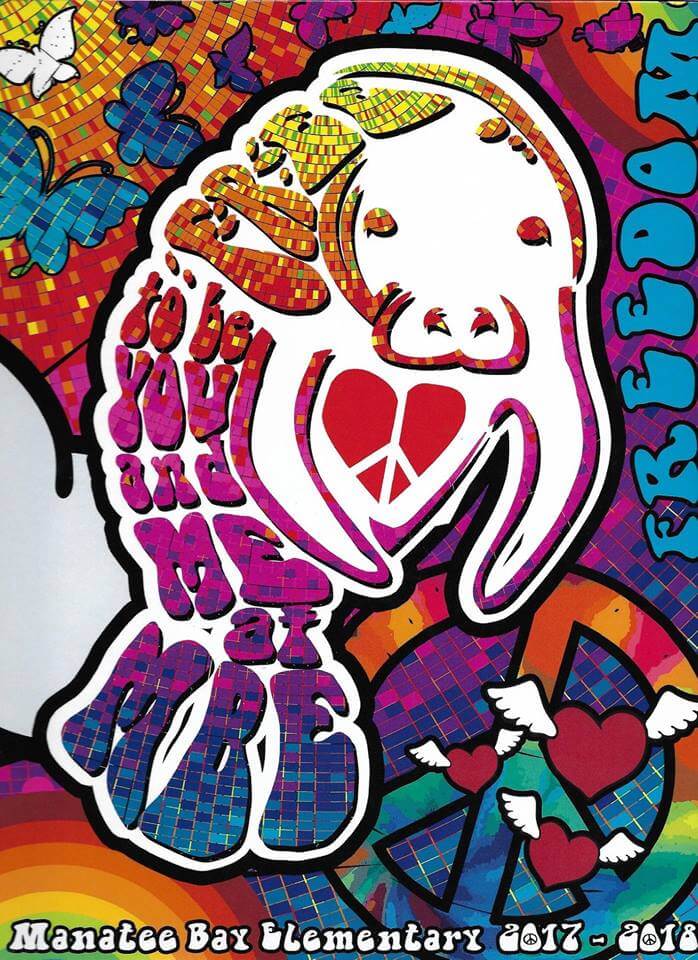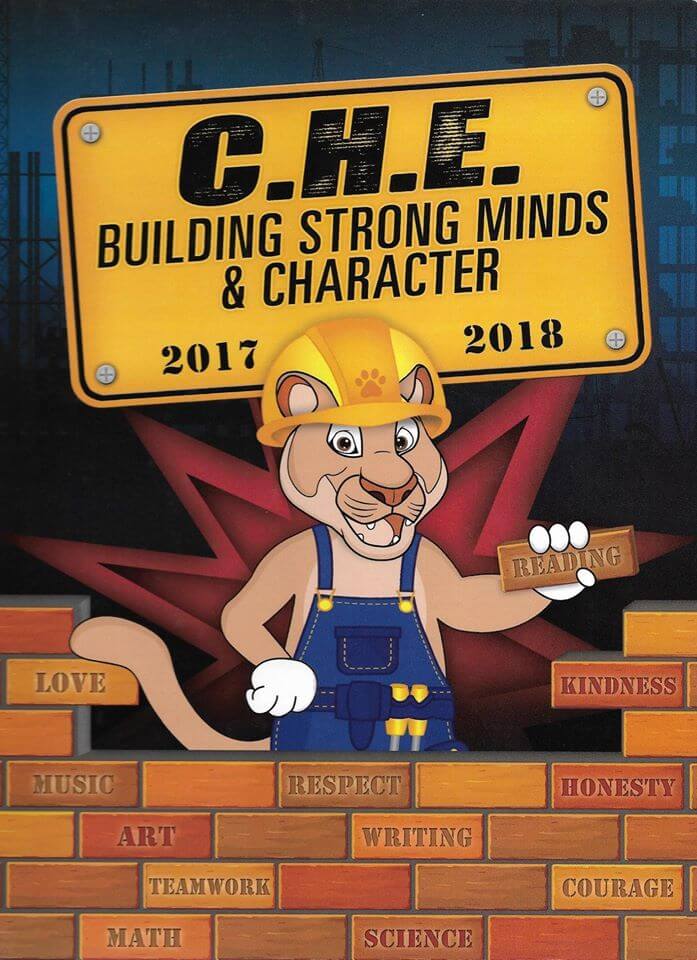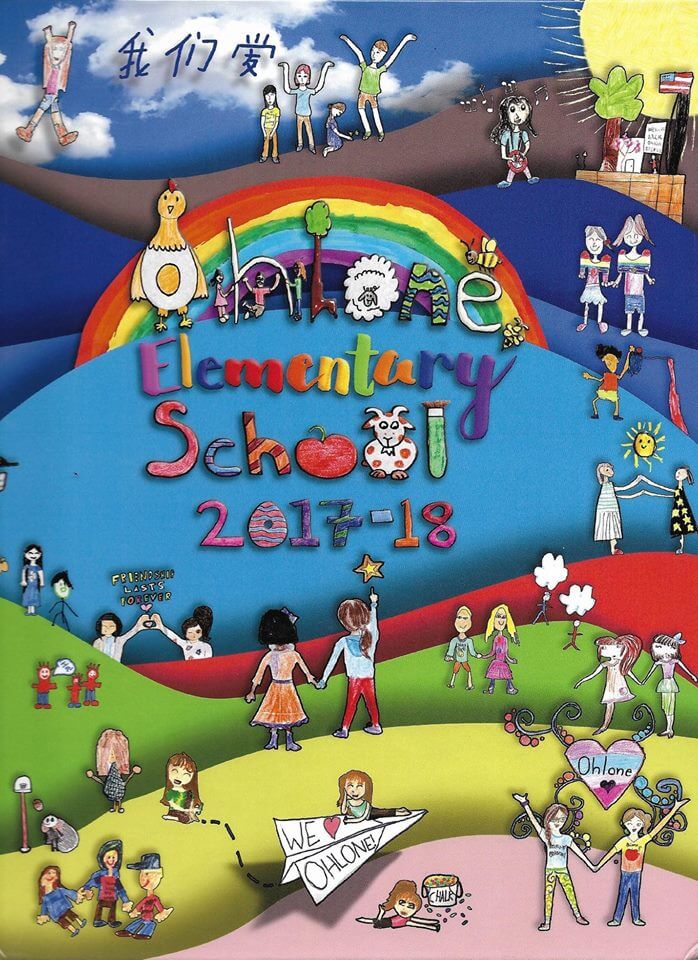YearbookLife Offers Scholarship Giveaway
Looking for scholarship opportunities? Whether you will be furthering your education in college or joining the military / US Armed Forces, YearbookLife invites high school seniors from across the nation to participate in the Yearbooklife “Yearbook Student” Scholarship Sweepstakes. Enter for a chance to win a $1,000 scholarship.
Who is Eligible?
Students are eligible as long as they are currently in their senior year of high school, have been a member of the yearbook class / club / committee for at least 2 years, and are a legal U.S. citizen or permanent resident. It’s FREE to enter and eligibility is not based on current GPA level or financial need. Your school does not have to be a YearbookLife customer for you to qualify.
How Do I Enter?
Simply ask your yearbook teacher / adviser to complete this online form to enter. It’s that easy!
*The entry period is from February 1, 2019 to April 20, 2019 (11:59 p.m. ET). Only one entry per student.
How is the Winner Chosen?
The winner will be randomly selected by drawing on May 1, 2019. The “lucky” winner will be notified via email and announced on our YearbookLife Facebook page.
What is the Prize?
The winner will receive a one-time scholarship check in the amount of $1,000. YearbookLife will verify eligibility requirements with school administration. The check will be made payable to the winning qualified student and mailed to their home address.
Read the Official Rules for more details.
2017-2018 Best Yearbook Contest Winners
Every year, all printed elementary school, middle school and high school yearbooks are automatically entered into our Best Yearbook Contest. Depending on your school’s grade level, you are entered into one of two Categories: Elementary School or Middle School/High School.
Yearbooks are judged on the following four criteria:
Overall Originality
Yearbook Creativity
Yearbook Theme Consistency
Yearbook Image Quality
Oh, and it’s not just for bragging rights. The prizes are as follows:
Middle School /High Schools:
1st Place: $250
2nd Place: $150
Elementary Schools:
1st Place: $250
2nd Place: $150
Cover Honorable Mention / Student Drawing – $100
There were SO many great entries, and it was really hard to pick the winners, but we finally came to a consensus.
We are very pleased to announce the winners of the 2017-2018 Yearbook Cover Contest.
Without further adieu…
1st Place Winner – Middle / High School: Alameda Science and Technology Institute

1st Place Winner of the 2017-2018 Best Overall Middle/High School Yearbook and $250 Prize.
2nd Place Winner – Middle / High School: Pacific Union College Prep

2nd Place Winner of the 2017-2018 Best Overall Middle/High School Yearbook and $150 Prize.
1st Place Winner – Elementary School: Manatee Bay Elementary

1st Place Winner of the 2017-2018 Best Overall Elementary School Yearbook and $250 Prize.
2nd Place Winner – Elementary School: Country Hills Elementary

2nd Place Winner of the 2017-2018 Best Overall Elementary School Yearbook and $150 Prize.
Best Student Cover Drawing Winner: Ohlone Elementary

Winner of the 2017-2018 Best Student Yearbook Cover Drawing and $100 Prize.
Looking forward to next year’s designs!
YearbookLife Website Overview
Yearbook Staff Tips: How To Leverage Social Media
Social media has revolutionized and forever changed how we share information with each other, and, because of it, we are now more connected than we’ve ever been before. This is just one of the many reasons why social media can be important to your yearbook committee’s overall process including promoting and selling the yearbooks.
Promoting through social media channels is one of the quickest ways to alert the student body about upcoming yearbook events, fundraisers, contests, sales, and more. You can share behind-the-scenes photos of the staff preparing the book, ask the students directly what they would like to see more of in their yearbook, and let them know their opinions matter. You can even use some of the photos that are shared via social media for the yearbook.
Use social media to boost yearbook sales and spread awareness.
BOOST YEARBOOK SALES
There really is no better way to quickly reach the masses than through social channels. Even more convenient, you can push out a single tweet or thread about books being on sale and let the student body spread the word by simply sharing what your staff has to say. What used be a long and grueling process can now be done in seconds.
ACCESS CONTENT
We all know that everyone wants to be in the yearbook, but it’s not always easy for your staff to be everywhere at all times capturing every moment of the school year. Social media is an excellent way to allow the student body to share and suggest content for the book. They can easily share their own photos with the yearbook staff via Instagram or Facebook.
ATTENTION STUDENTS & YEARBOOK STAFF MEMBERS: Here are some tips for using a smartphone to take photos for your yearbook.
FIND SOURCES
Tracking down a source for a photo or story is much easier with social media. If your publication has a social following, chances are the person you are trying to identify is already a follower or at least a friend of a follower.
CREATE STORY IDEAS
Generating story ideas is as easy with social media. It’s a great way to find out what topics students are most interested in hearing about.
PAY ATTENTION
Sometimes you may wonder how your audience will react to certain types of stories. With social media, journalists are now able to gauge what their audience wants to hear. You can test the waters by placing short notes or photos on Facebook, Twitter and Instagram about different events happening around the school and see how your peers comment or what they favor through the number of likes a post or photo receives.
BEWARE/NOTE: YOU MAY FIRST NEED PERMISSION TO USE SOCIAL MEDIA FOR THIS PURPOSE. ASK YOUR YEARBOOK ADVISOR AND / OR PRINCIPAL ABOUT THE FOLLOWING: THE COPPA PROTECTS STUDENTS UNDER 13 FROM HAVING THEIR PERSONAL INFORMATION COLLECTED WITHOUT THE CONSENT OF A PARENT OR GUARDIAN. THE CIPA REQUIRES THAT SCHOOLS PROVIDE INTERNET FILTERING TO PREVENT STUDENT ACCESS TO OFFENSIVE CONTENT.
Tips for Using a Smartphone to Take Photos for Your Yearbook
As you probably already know, capturing those “special” moments throughout the school year isn’t always easy. We know that your yearbook staff photographers will be at special events, capturing important moments, but what about behind the scenes like the bus trips to the events/games or the students hanging out in the stands?
Students Unite!
Through their smartphones, students themselves can now take pictures of these moments that make up “student life” which can be used for the school yearbook. The most obvious advantage is students almost always have them handy. Below, we have put together several tips and tricks to help you improve your photography skills using your smartphone.
Tips To Help Students Get Yearbook Quality Photos With A Smartphone:
- Keep your lens clean. Before snapping a shot, give the lens a quick wipe using a soft cloth.
- Know your phone. There are hundreds of smartphone camera tutorials on YouTube. It’s definitely worth the time to watch videos for your specific phone and operating system.
- Do not zoom. Get physically closer instead of relying on the digital zoom. Digital zoom works the same as cropping and enlarging a photo in a graphics program. You lose quality and the ability to enlarge it later. If you can’t get closer, get creative with your shots. IDEA: Capture the cheerleaders’ reactions to a great play instead of the player on the field.
- Use two hands, and turn the camera horizontally for the best control. Just like with other cameras, the steadier your phone, the less blurry or out-of-focus your photos will be.
- Use burst mode for action shots. Most smartphones can take up to 10 photos per second with a feature called “burst mode.” IDEA: This is great for “before & after” photos.
- Use the grid. The grid is especially helpful for new photographers still learning rule of thirds. Doing it now will keep them from having to crop it later—and possibly losing quality.
- Always remember, flash = red eye and shadows. It’s always best to shoot without the flash whenever possible. More and more, smartphone cameras are becoming more advanced at shooting in low light, but if it’s too dark to shoot without the flash, position a friend nearby. IDEA: Have them hold up their phone with the flashlight on and pointed toward your subject. The light is more diffused and natural in the photo.
- Get familiar with your resolution. For the most part, the higher the resolution a.k.a. megapixels, the more detailed the picture will appear – and better it will print. For yearbooks, too small, and the photos will be grainy; too large, and there may be issues with uploading and storage.
Taking photos for your yearbook should be fun, and the better you know your phone’s camera capabilities, the better chance you’ll capture the perfect shot. Even though not every picture taken by students who used their smartphone will be able to be used in your yearbook, you certainly can’t use ones that were never taken! So go ahead and start capturing those moments that will live forever in your yearbook.
